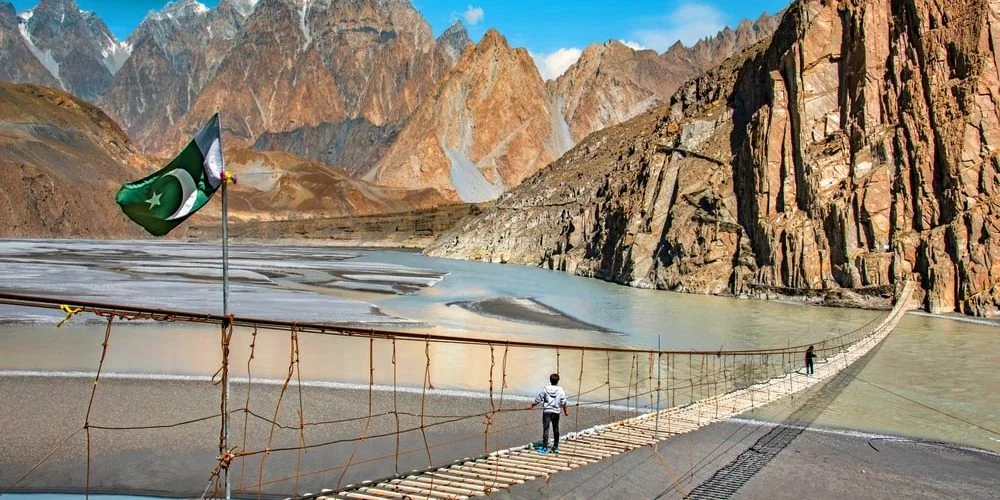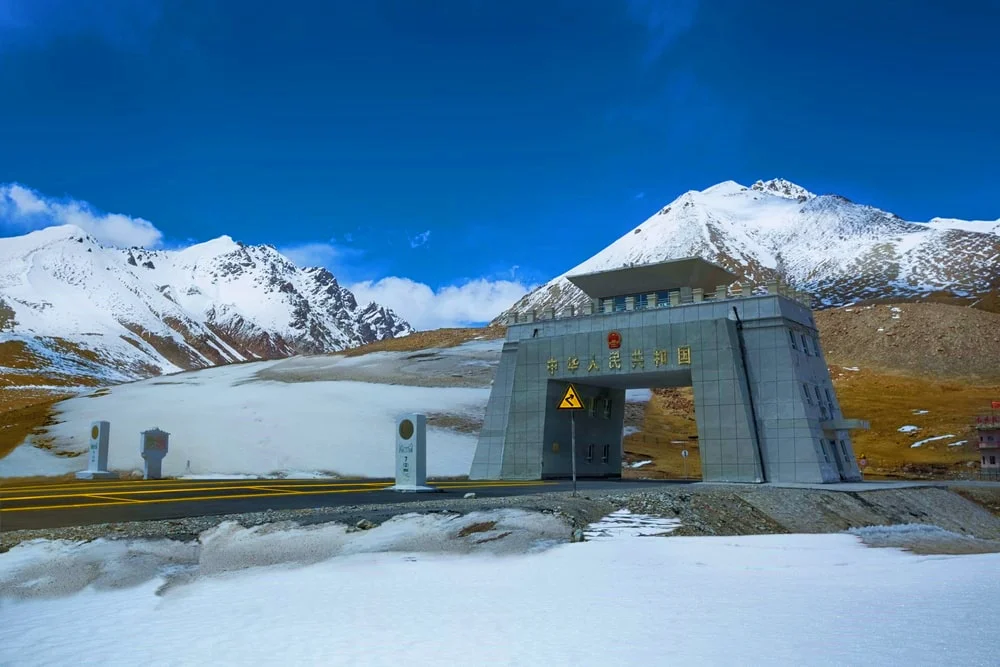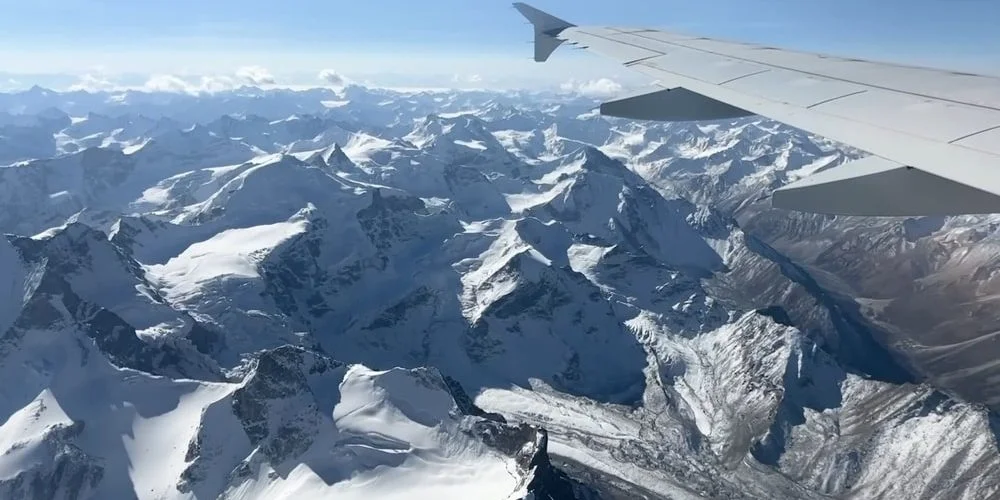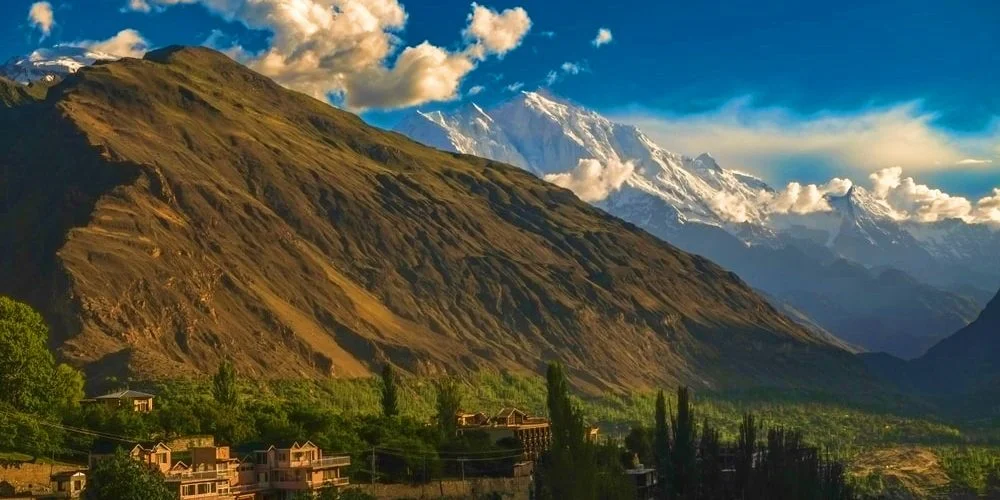Hunza Tour Packages
Hunza has undoubtedly become the most popular tourist destination around Pakistan and worldwide, with dozens of natural wonders and years-old history. Considering the significance of Hunza Valley and after a lot of on-ground research and hard work, we have launched many Hunza Tour Packages in 2024 among our Pakistan Tour Packages.
Hunza Customized Tour Packages 2024


Hunza Tour Packages By Air
We can reach Hunza by landing at Gilgit Airport from Lahore, Islamabad, or Karachi and then by road. These flights are offered by the Pakistan International Airlines almost 3 to 5 days a week. You can reach Gilgit city in just 1 to 1:15 hours. We at NatureHikePakistan.pk offer Gilgit by Air ticket bookings and Hunza Tours by Air. You can select from the Hunza by air Tour Packages given below:
Hunza Group Tour Packages 2024
Client Category of Customized Hunza Trips:
- Hunza Valley Couple / Honeymoon Tour Packages are designed to help the newlyweds cherish the new life together with all the luxury and solitude, surrounded by the beautiful nature.
- Hunza Valley Family Tour Packages are designed to ensure a fun, luxurious, and secure environment for your loved ones to intensify the blood bond and acquire memories for a lifetime.
- Hunza Valley Students / Friends Group Tour Packages are designed to have all the fun, engaging activities and games for laughing together, dancing together, and, more importantly, exploring the adventurous destinations together without the hassle of planning all the bits of the tour. You only have to decide what to pack for that memorable tour with your besties.
- Hunza Valley Corporate Groups / Business Tour Packages are designed to create an environment for the employees to develop a closer connection with each other, enhance their potential for team building, and entertain themselves with nature outside their usual office environment.
We have
- Hunza Valley Tours from Lahore
- Hunza Valley Tours from Karachi
- Hunza Valley Tours from Islamabad
You can also customize these tours from other cities in Pakistan.
Best Seasons in Hunza Valley:
The two most famous seasons to visit Hunza Valley are:
- Cherry Blossom in Hunza: Cherry Blossom season in Hunza comes to welcome spring to the valley. The blossoming tree gardens in the valley will take you into another world when pink, white, red, and purple flowers bloom in place of the leaves. Cherry Blossom happens in the valley during March and April. The Cherry Blossom Hunza Tour is a treat to give yourself or your loved one.
- Autumn in Hunza: Autumn in Hunza Valley is undoubtedly the most scenic and attractive season, where every leaf feels like a beautiful flower with thousands of shades of autumn. You should not miss the Hunza Autumn Tour in 2024.
Most Popular Destinations and Attractions to Visit in Hunza Valley
Some famous tourist places to visit in Hunza are:

Hunza Valley
Hunza Valley is located in the Gilgit Baltistan province of Pakistan. Hunza is one of the 14 districts of GB neighboring Ghizer, Shigar, and Nagar districts. Hunza is blessed with some sky-kissing heavenly mountains, beautiful lakes, rivers, glaciers, rich history, adventure spots, and amazing people. Hunza Valley shares international borders with China through Khunjerab Pass and Afghanistan through Irshad Pass in Lugpar Valley. The history of Hunza possibly dates back to the era of Alexander the Great, but there are no clear pieces of evidence. Some also relate Hunza to the Huns or Mangols..
Karakoram Highway (KKH)
Karakoram Highway (KKH) was built by the governments of Pakistan and China to represent good relations between the two countries. It is around 1300 km long in Pakistan and crosses through the Punjab, Khyber Pakhtunkhwa, and Gilgit Baltistan in Pakistan and enters China at Khunjerab Pass on the Pak-China border. This highway is also known as National Highway 35 (or N-35) and becomes China National Highway 314 as it enters China. It is a part of the project of China Pakistan Economic Corridor CPEC. It is considered to be the 8th wonder of the world. KKH is a complete package for nature lovers. It offers glimpses of mountains, lakes, rivers, glaciers, cities, villages, agricultural life, and much more.


Altit Fort
Altit Fort is built on a gigantic rock in the old town of Altit in Hunza Valley for the Rulers of Hunza (Mirs) Valley. It is a nearly 1100-year-old fort, one of the oldest structures in Gilgit Baltistan. Mirs of Hunza initially lived in the Altit Fort for almost three centuries. Later, they moved to the newly constructed Baltit Fort. Altit Town has been the residence of people from Central Asia, China, and the surrounding areas in different eras. It is believed that Alexander The Great came here with his soldiers back in time. This fort was donated to the Baltistan Heritage Trust by the Mirs, and the trust restored it to its current state with the help of the Agha Khan Trust. It is now open to tourists. Guides are there to give a complete tour of the fort and a brief idea of its history and the region. A small cafe at the foothills of Altit Fort serves traditional food and is run by local women of Hunza Valley known as the Kha Basi Café..
Baltit Fort
Baltit Fort is an almost 700-800-year-old fort in the Karimabad Village of Hunza Valley. It is a three-story building structure that resembles the Tibetan construction style. This fort became the residence of Mirs Hunza after they left the Altit Fort. It was built at a higher location as a watchtower over the Silk Route to control trade and protect the kingdom from predators or attacks. Baltit Fort gives an amazing view of Hunza Valley and the surrounding mountains. The Mir of Hunza left the old fort in 1945 and donated it to the Baltit Heritage Trust. A new residence was built downhill from Karimabad. The fort began to fall apart due to negligence. Later, with the help of the Agha Khan Trust, these forts were restored to their original state. Now, it is well preserved and open for tourists to visit. Baltit Fort is included in the UNESCO World Heritage sites.


Attabad Lake
Attabad Lake is a 21 km long glacial lake formed in 2010 due to an earthquake in the area. The quake triggered a massive landslide from the nearby mountains. It was like an entire mountain fell on the villages, killing around 20 people and affecting thousands. This landslide blocked the flow of the Hunza River for over five months, which took the form of a dam submerging towns like Attabad, Shishkat, Ayeenabad, Gulkin, and Gulmit, forming the Attabad Lake. This newly formed lake blocked a massive chunk of Karakoram Highway, putting people’s lives on halt in the upper parts of Hunza. People started using boats temporarily for mobility on the immersed part of KKH. But this momentary solution couldn’t continue for longer. This part of the road was rebuilt, which created a wave of possibilities for the local people of Hunza, and Attabad Lake emerged as one of the most famous tourist destinations worldwide.
Attabad Tunnels
With the formation of Attabad Lake and the destruction of a huge chunk of the Karakoram Highway, an essential trade route between Pakistan and China, a proper solution was needed to improve this situation. In July 2021, the Government of Pakistan, with the help of China Road and Bridge Corporation (CRBC), initiated the project to renovate a 24 km patch of Karakoram Highway damaged by the earthquake in 2010, at a higher location. In September 2015, Attabad Tunnels were constructed as a renovation project. This project consisted of five tunnels with a distance of 7.12 km and two bridges.


Khunjerab Pass
Khunjerab Pass is a mountain pass located on the Karakoram Highway. This pass is at the border between Pakistan and China in the Gilgit Baltistan province of Pakistan. It is the highest-paved international crossing at an elevation of 4693 meters. It is also the highest point on KKH. Khunjerab Pass also has the highest ATM in the world. It connects Cina’s Xinjiang province with Gilgit Baltistan. This border is used for trade, travel, and tourism purposes. Being at a high elevation, it receives a significant amount of snowfall, making it inaccessible during winter. Khunjerab Pass is included in the Khunjerab National Park. This National Park starts from Sost Town and goes to the border. During summer, if you are lucky enough, you can witness wild Yaks, Himalayan Markhor, and Ibex.
Hussaini Suspension Bridge
Hussaini Suspension Bridge has been used to connect Hussaini Village in Hunza Valley with the Karakoram Highway for centuries. It crosses over the Hunza River. This bridge is almost 500 feet long, spreading over the river like a long, thin rope. This bridge is famous for its perilous pathway, as the gaps between each plank of wood used to put our feet on are too much that it almost gives mini heart attacks while crossing it. This bridge was recently renovated, but the gap between the bridge’s planks of wood is still the same. If you are an adventure tourist, you must visit this once in a lifetime.


Karimabad Bazar Hunza
Karimabad Bazar Hunza is the gem in Karimabad town of Hunza Valley. It is undoubtedly the best tourist destination in Hunza Valley if you want to meet locals, enjoy their local food, witness their culture through their artifacts, or to buy any souvenirs. In Karimabad Bazaar, the local shops sell antique and handmade artifacts, dry fruits, traditional dresses, shawls, handbags, shoes, and rare and expensive gems. You will also bump into local restaurants serving traditional, desi, and continental food. If you need a detailed guide on the restaurants in Hunza serving local food, visit Must-Visit Cafes & Restaurants in Hunza. You will also meet lovely locals greeting you with their huge smiles. A trip to Hunza is incomplete without a visit to Karimabad Bazar.
Passu Cones
Passu Cones are famous for their unique pointed and conical structure, also known as Tupopdan or Passu Cathedral. Passu cones are 6106 meters high. Passu Village is located in the foothills of Passu Cones on the Karakoram Highway, offering a panoramic view of these mountains. Passu Village is one of the most popular destinations in Hunza Valley for domestic and international tourists. This place is relatively peaceful as compared to Karimabad or Aliabad.


Passu Glacier
Passu Glacier is located south of the Passu Cones. This glacier can be seen from the Karakoram Highway while going towards the Passu Village. Passu Peak is situated at the back of this glacier. It is almost 0.5 km long, spread over 1.5 sq km, and joins the Batura Glacier. One can reach the glacier from Borith Lake, starting from the zero point. It takes almost 1 to 2 hours to get to the glacier using a steep track.
Batura glacier
Batura Glacier is the neighboring glacier of Passu Glacier. Batura Glacier is the longest and largest glacier outside the polar regions and the 3rd largest glacier in Pakistan. It is almost 57 km long. This glacier is located at the foothills of Batura and Passu Peaks,

THINS TO DO IN HUNZA VALLEY
FAQ's
It is located in the Gilgit Baltistan province of Pakistan. Hunza is one of the 14 districts of GB, neighboring Ghizer, Shigar, and Nagar districts.
Hunza Valley is accessible throughout the year, and the best time to visit Hunza Valley is from May to October, during the summer and autumn seasons. Tourists also turn to this valley in the Cherry Blossom season, which starts from March till April.
There are many trekking routes in Hunza Valley, including the popular Rakaposhi Base Camp trek, Passu Glacier trek, Batura Glacier trek, Ultar Sar Base Camp trek, Shimshal Pass trek, Diren Peak Basecamp, Golden Peak Base Camp, Rush Lake trek with surrounding glaciers, and many other destinations.
There are several historical sites in Hunza Valley, including Baltit Fort, Altit Fort, Duikar, Karimabad town, old Ganish Village, Ondra Poygah, and many more.
Many annual festivals are celebrated in the valley. Some are the Nouroz festival, the Gojal Music Festival, and the Ginani festival.
Yes, Hunza Valley is completely safe to travel solo and with groups. It is always advised to research before traveling for the first time.
You can travel by road from Islamabad via the Karakoram Highway or Naran-Babusar road or by air through the Gilgit Airport. You can also join our weekly tours to Hunza Valley, which is quite economical and hassle-free, or customize your trips with us.



















